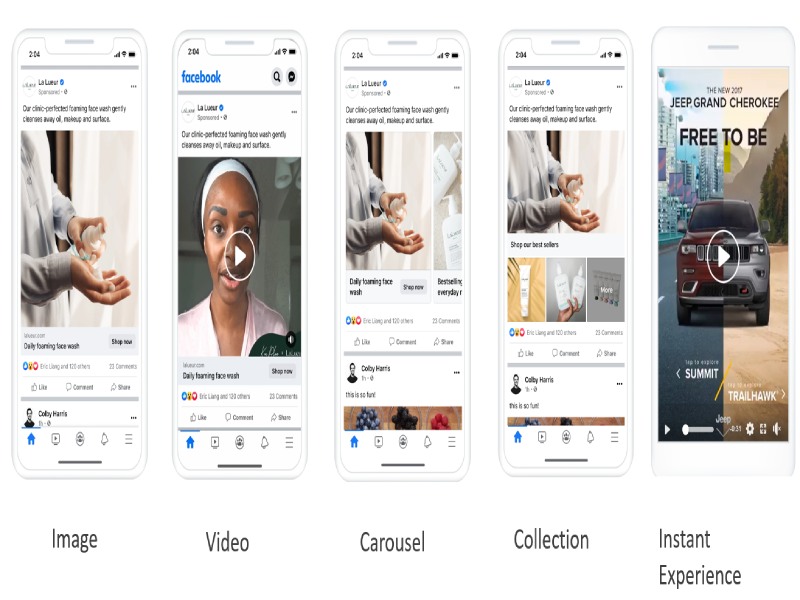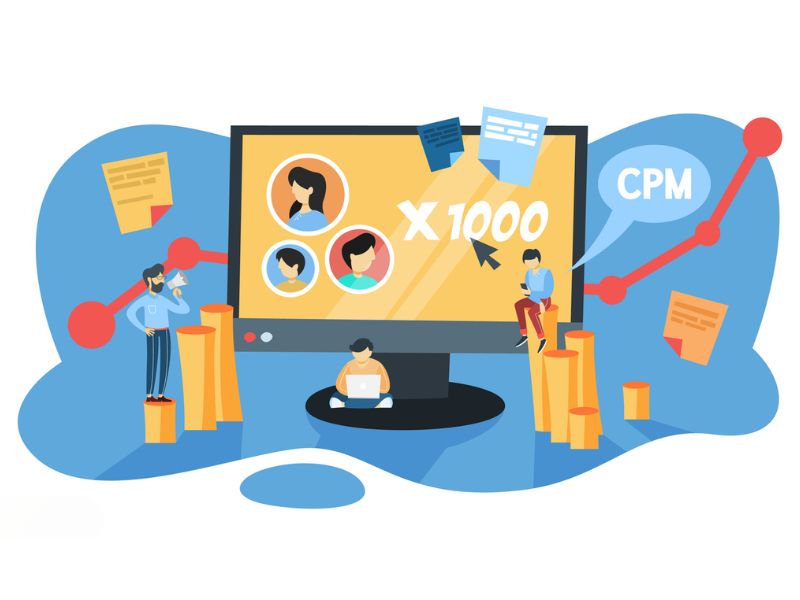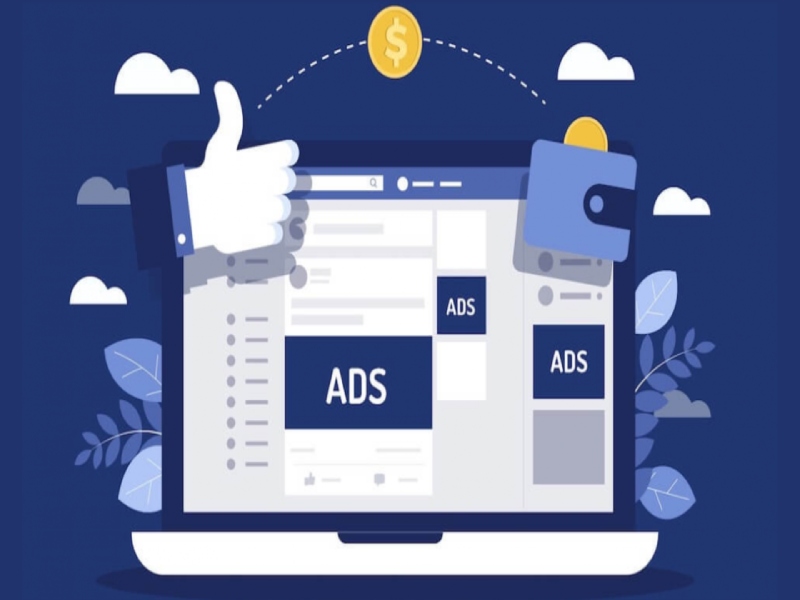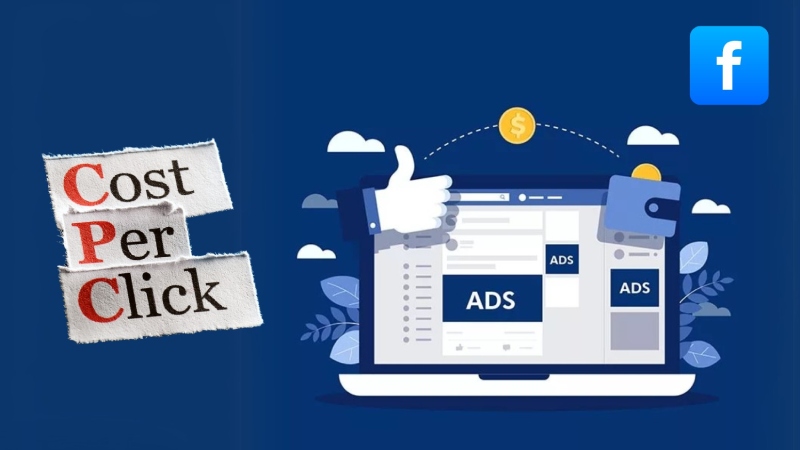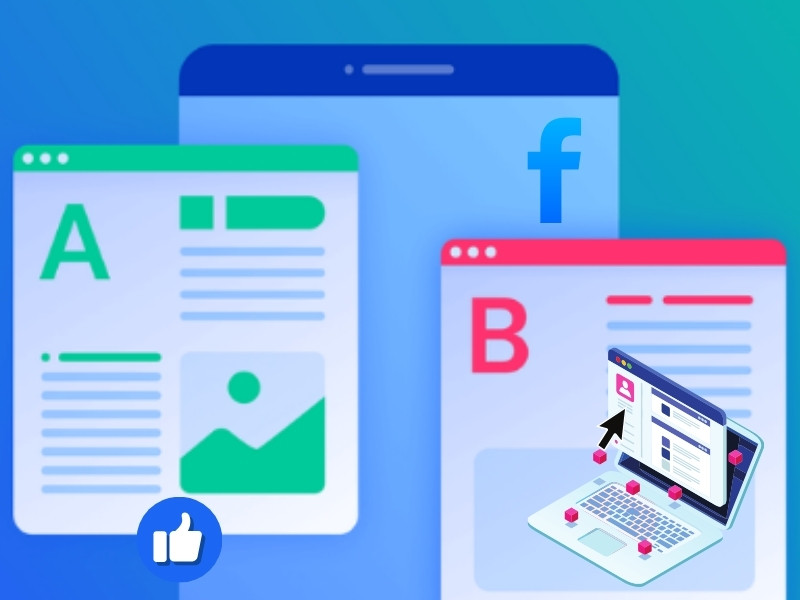In the digital age, Facebook Ads for Life Insurance is a powerful strategy to reach the right audience. With a variety of essential tips from Nemi Ads, you can easily create effective campaigns, boost conversion opportunities, and grow your business.
1. How Facebook Ads for Life Insurance Agents Expands your Reach
Facebook Ads offer Insurance Agents a powerful way to extend their reach to a wide and varied audience, making it an essential platform for engaging potential customers.
Facebook reaches a large number of users. According to an insurance agency’s 2024 statistics, 28% from the millennial generation and 29% from baby boomers are particularly active in using the platform to research insurance options, making them key targets for insurance agents to advertise online.
A significant 71.9% of Facebook users fall between the ages of 18 and 44, a prime demographic for insurance agencies – according to Statista. This broad age range ensures that insurance ads are exposed to a wide spectrum of potential customers.
On average, Facebook users click on around 12 ads each month (according to Oberlo), underscoring the platform’s potential as an effective marketing channel for insurance. By leveraging these frequent interactions, insurance agents can capture more leads and grow their business.

2. What is the Ideal Budget for Life Insurance Facebook Ads?
When planning a Facebook Ads budget for life insurance, it’s crucial to consider factors like the duration of your campaign, your target audience, and the size of your company. Below are some specific budget recommendations based on agency size.
Small Insurance Agency
Starting with a small budget allows you to experiment with different strategies and better understand your target audience’s preferences. It’s recommended to spend between $500 and $1,000 per month to test a variety of ad types while focusing on your potential audience segments. Once you identify the most effective strategy, you can increase the budget to around $2,000 to $3,000 per month.
Medium Insurance Agency
Medium-sized agencies should begin with a more substantial budget for testing, ranging from $2,000 to $3,000 per month. As successful campaigns are identified, you can gradually increase your monthly budget to up to $10,000 to maximize reach and lead generation.
Large Insurance Agency
For larger insurance agencies, it’s advisable to start with a budget of $10,000 to $15,000 per month during the testing phase. Once you identify the top-performing strategies, this budget can be scaled up to $30,000 per month for sustained growth and lead acquisition.
| Nemi Ads Expert Tip: Spread your budget across days and months to ensure you’re consistently attracting high-quality leads. Facebook’s algorithm helps you capture more autofill leads, but it’s essential to filter these to find qualified prospects. A recommended daily budget for this approach is between $50 and $200. |

3. 4 Regulations for Running Facebook Ads in the Insurance Industry
Advertising in the insurance industry comes with strict regulations to protect consumers and ensure transparency. According to NAIC’s Model Law 570, insurance agents must adhere to specific guidelines when running ad campaigns, particularly on platforms like Facebook.
Full Disclosure
One of the primary regulations is the requirement for full disclosure. Insurance ads must provide accurate and complete information about the products being offered.
This includes clearly stating all key details such as policy terms, conditions, and exclusions. Any misleading or exaggerated claims are strictly prohibited, as they can confuse or deceive consumers.
Clear Presentation
Another important rule is clarity in presentation. Disclaimers, such as limits on liability, must be prominently displayed in a way that is easy to read and cannot be hidden by other content. Ensuring that all important information is visible and understandable helps build trust and provides transparency to potential clients.

Avoid Comparing with Competitors’ Products
Insurance ads must also avoid making misleading comparisons. Agents cannot compare their products to those of competitors in an unfair or inaccurate manner. Any comparison made must be based on real, verifiable data to avoid creating confusion or false impressions among consumers.
Verified Testimonials
Finally, all claims in insurance ads need to be verified. If testimonials or endorsements are used, they must reflect genuine experiences and opinions. Claims about the benefits, returns, or coverage of a product must be backed by factual evidence, ensuring that potential customers can trust the information being presented.
4. 7+ Tips for Insurance Agents when Running Facebook Ads
Running successful Facebook Ads requires strategy and precision, especially for insurance agents looking to capture high-quality leads. Here are 8 essential tips to help you maximize your ad performance and reach your target audience effectively.
4.1. Targeting Custom Audiences on Relevant Data
One of the most effective ways to enhance your Facebook Ads is by targeting custom audiences based on relevant data. This strategy ensures that your ads reach users who are more likely to engage with and purchase your insurance products.
- Use data from your current customer base to create ads that precisely target potential buyers.
- Collect data from customers who have previously purchased insurance, and use this information to define your target audience on Facebook. This helps create ads that align with users who are likely to be interested in your insurance products, boosting conversion rates.
For example, if you have information about customers who have purchased car insurance, you can create ads aimed at a similar group – such as car owners aged 25-45 to promote additional insurance products. This ensures your ads are targeted effectively for greater results.
4.2. Expand Reach with Lookalike Audiences
To further maximize your reach, you can target users who share similar characteristics with your existing customer base. This allows you to tap into a new pool of potential customers who are likely to be interested in your insurance products.
Use Facebook’s Lookalike Audiences feature to find new users who exhibit behaviors or traits similar to those of your current customers. This feature expands your audience reach by identifying users who have a higher likelihood of engaging with your insurance offerings.
For example, if your existing customer group has signed up for health insurance, you can use Lookalike Audiences to find other users with similar characteristics (e.g., age, health interests) to advertise your health insurance products.

4.3. Craft Persuasive Ad Copy
Creating compelling and clear ad copy is key to capturing your audience’s attention and communicating the benefits of your insurance products effectively.
- Write an ad copy that is clear and persuasive, highlighting the core benefits of your insurance offerings.
- Focus on creating engaging content that emphasizes the key advantages your insurance products provide. Highlight factors such as cost savings, comprehensive coverage, or special promotions to convince potential customers to click on your ad and learn more.
For example: “Protect your family with full coverage insurance starting at just $20/month! Sign up today and get a 10% discount on your first payment!”. This ad copy highlights the benefits and encourages users to take action.
4.4. Implement Facebook Lead Ads for Easy Sign-up
Making it easy for potential customers to sign up for more information is critical in running successful Facebook Ads. One of the most effective ways to do this is by using Facebook Lead Ads, which allow you to collect customer information directly within the ad.
Facebook Lead Ads enable you to integrate sign-up forms into your ads, allowing users to easily provide their details without leaving the platform. This simplifies the process for collecting leads, whether you’re gathering contact details for quotes, consultations, or newsletters. The seamless experience increases the likelihood of users completing the form, thus enhancing your ability to convert potential customers into leads.
Using lead ads also makes it convenient for users, which boosts engagement. For instance, if your ad offers a free car insurance quote, users can enter their information in a few clicks without navigating away from Facebook. This simplicity and efficiency encourage more sign-ups, increasing the overall conversion rate of your campaign.
4.5. Retarget Website Visitors
Retargeting allows you to display ads specifically to people who have previously visited your website. This strategy serves as a reminder for users who showed interest in your services but didn’t complete their transaction. By targeting these individuals with relevant ads, you can nudge them to revisit your site and take the desired action, such as signing up for a consultation or making a purchase.
By implementing a retargeting strategy, you can re-engage users who may have left your site without converting. Retargeting ads can help keep your brand top-of-mind, giving users a gentle reminder of the benefits they may have missed out on. This tactic is especially useful for encouraging visitors to return and finalize their journey with your service or product.
For example, if someone visited your life insurance services page but didn’t sign up, you could create a retargeting ad with a message like: “Are you ready to secure your future? Sign up for life insurance today and enjoy special benefits!” This personalized approach can significantly increase the chances of turning interested visitors into customers.
4.6. Optimize Landing Pages for Conversion
Ensuring your landing pages are optimized for conversions is crucial for the success of any advertising campaign. Your landing page should align with the ad content and be mobile-friendly to provide the best user experience. When users click on your ad, they should be directed to a page that resonates with the message of the ad, encouraging them to take the desired action.
A well-optimized landing page is clear, concise, and directly related to the advertisement. It should be designed with the user in mind, ensuring that it is easy to navigate and visually appealing on mobile devices. The goal is to provide all necessary information and make it simple for users to complete actions, such as signing up or making a purchase.
For example, if your ad promotes “Affordable Life Insurance,” the landing page should present detailed information about the life insurance plan, along with a straightforward registration form. Additionally, ensure the page loads quickly and displays well on mobile devices to avoid losing potential customers due to a poor user experience.

4.7. A/B Test your Ads for Best Performance
A/B testing is a key strategy to identify the most effective version of your ads. By creating multiple ad variations with different content, images, headlines, and calls to action, you can discover what resonates best with your audience.
How to Implement A/B Testing:
- Create different ad versions with varying elements such as text, imagery, and calls to action.
- Compare the performance of these versions to identify which elements drive the most engagement.
- Use the insights gained to optimize your campaign for the best possible results.
A/B testing identifies what works in your ads, allowing for data-driven refinements. This continuous optimization improves ad performance and boosts ROI.
For example, you could test two headline variations: “Affordable Health Insurance for the Family” and “Comprehensive Health Coverage – Peace of Mind for Your Family.” By analyzing which headline attracts more clicks, you can optimize your ad to better meet the preferences of your target audience.
4.8. Monitor and Adjust Campaigns Regularly
One of the keys to success in Facebook Ads is consistently monitoring your campaign’s performance and making adjustments as needed. Regular evaluation helps ensure that your ad budget is being used effectively, resulting in higher returns on investment.
Keep an eye on important performance metrics such as Click-Through Rate (CTR), Conversion Rate, and Cost Per Lead (CPL) to understand how well your campaign is performing. By tracking these indicators, you can identify trends and areas for improvement. With this data, you can refine your ad strategies to optimize both performance and cost-efficiency, ultimately ensuring you achieve the best possible results.
For example, if you notice that ads featuring family imagery are generating more engagement compared to ads featuring office buildings, consider adjusting your campaign to focus more on the ads with better performance. This allows you to allocate your resources towards more effective ads, improving overall campaign results.

5. Where to Begin
If you’re looking to begin your advertising journey, Nemi Ads is the ideal partner to help boost your campaigns by providing stable Facebook Ads Accounts for rent. By partnering directly with Nemi Ads, you can skip intermediaries, allowing for fast and seamless funding with fees starting as low as 1%. With a robust and unrestricted account, you can confidently scale your campaigns without limitations, ensuring you reach your target audience effectively.
In addition, Nemi Ads provides priority approval for urgent campaigns, helping you get your ads up and running quickly. Their team of experts offers a full suite of services, including page review, content consultation, and campaign optimization, to ensure your ads perform at their best. Plus, with 24/7 support, Nemi Ads ensures you’re always backed by professionals ready to help you achieve your advertising goals.
By applying these essential tips for Facebook Ads for Life Insurance, insurance agents can effectively reach their target audience and increase conversions. With Nemi Ads as your partner, you’ll gain expert guidance on audience targeting, ad optimization, and campaign success. Leverage these strategies to boost your Facebook Ads performance and grow your insurance business.
